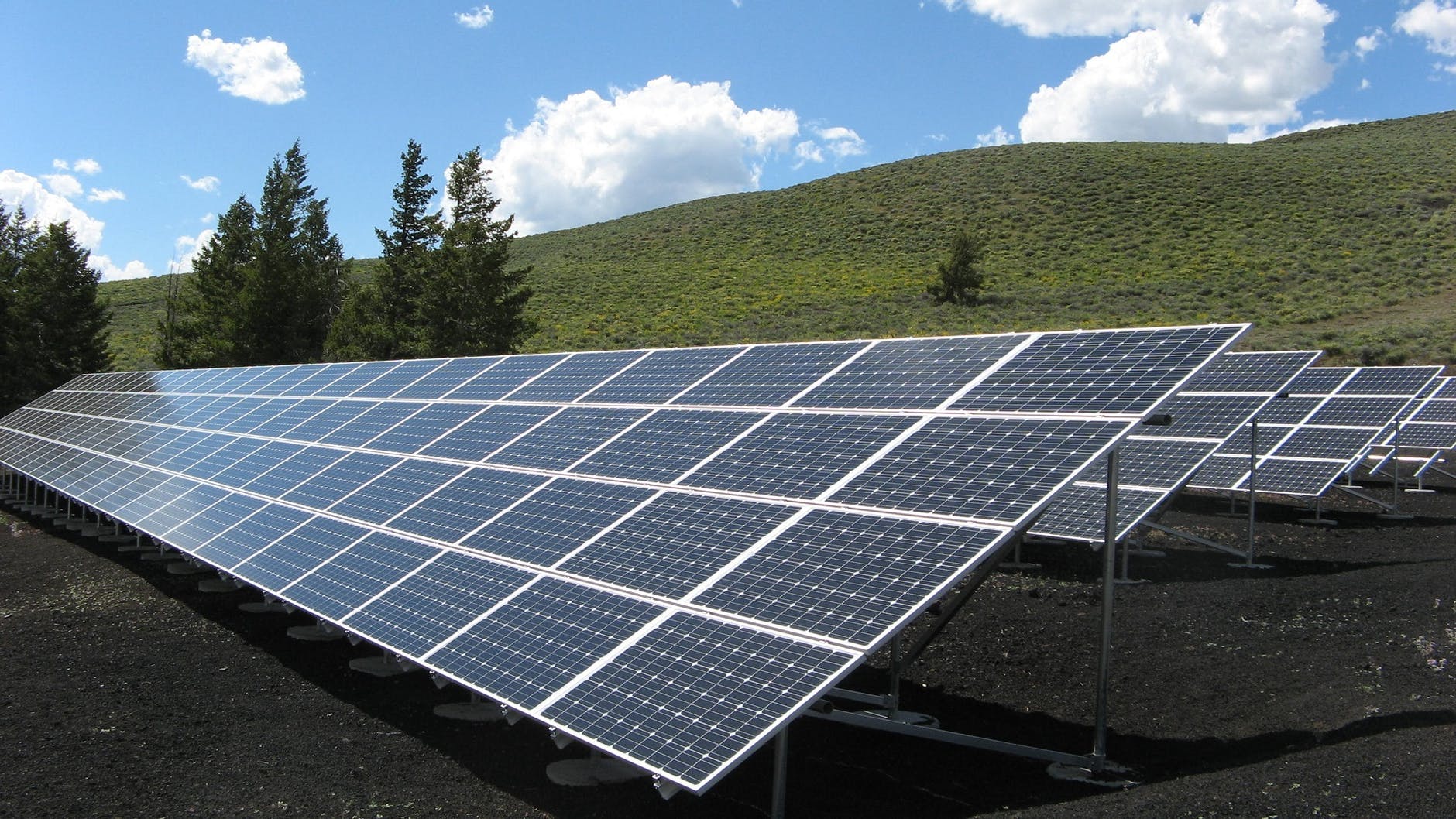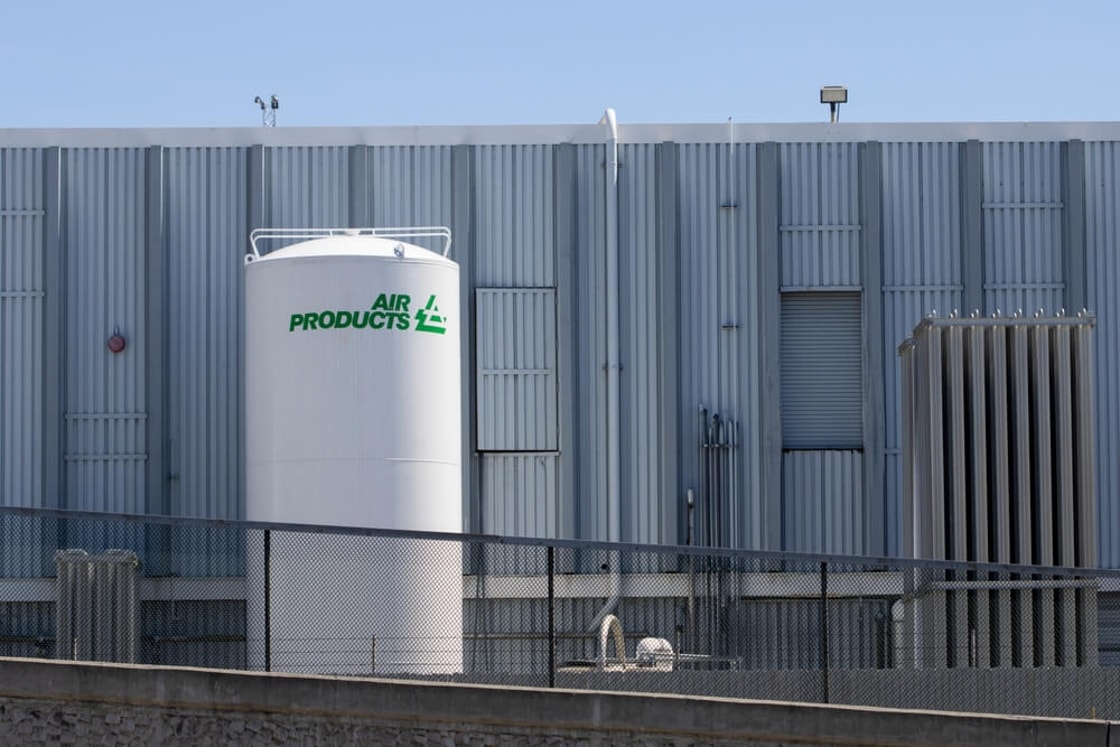
Summary
• Beijing slapped 10% tariffs on U.S. crude imports after U.S. levies imposed
• U.S. crude export growth stalled in 2024, rising just 0.6%
• Medium-sour crude exports to China may stay in U.S. refineries
(Reuters) – China’s retaliatory tariffs on the United States may cause U.S. oil exports to decline in 2025 for the first time since the COVID-19 pandemic, after growth plateaued last year.
Exports of U.S. crude have surged more than 10 times since it lifted a 40-year federal ban on the export of domestic oil in 2015. That has helped United States become the world’s third-largest exporter behind Saudi Arabia and Russia, blunting the global impact of production cuts by the Organization of the Petroleum Exporting Countries and its allies.
While China’s appetite for U.S. oil has diminished in recent years thanks to discounted Russian and Iranian oil, exports were 166,000 barrels per day in 2024, accounting for nearly 5% of all U.S. crude exports, according to ship-tracking data from Kpler.
U.S. crude export growth stalled in 2024, rising just 0.6% or 24,000 bpd in 2024, to average 3.8 million bpd, according to Kpler, as U.S. companies kept a lid on shale production amid worries about global demand.
Calling China’s share of U.S. exports “not an insignificant amount”, Matt Smith, an analyst at Kpler, also said international demand for American crude exports may be peaking “and China’s retaliatory tariffs could only further accelerate that.”
About 48% of the U.S. crude imported by China were medium density types with a higher sulfur content, such as Mars and Southern Green Canyon that are considered medium-sour grades. That type of crude is ideal for U.S. refineries to process and could easily find buyers domestically, particularly if the U.S. imposes tariffs on Canada and Mexico, analysts said.
“Medium sours are welcome barrels in the U.S. Gulf Coast. Refiners need it,” said Rohit Rathod, market analyst at energy researcher Vortexa, who sees U.S. exports possibly falling to 3.6 million bpd this year, especially if the Canadian and Mexican tariffs are enacted and medium-sour crude is kept.
Roughly 44% of China’s crude imports from the U.S. were lighter density, lower-sulfur types, like West Texas Intermediate produced in Texas, which are known as light, sweet grades. That type of oil could find demand from European and Indian refiners at competitive prices and could continue to be exported, analysts said.
The Louisiana Offshore Oil Port (LOOP) handled nearly half of all exports to China last year, according to Kpler. The company was not immediately available for a comment.
Another 25% of U.S. exports to China came from Enbridge’s Ingleside, Texas, facility near Corpus Christi, Kpler data showed.
“The light sweet market is so wide and liquid, we don’t see it having an impact on exports,” a source familiar with Enbridge’s Ingelside operations said. China accounted for less than 15% of the site’s export volumes last year.
Enbridge did not immediately reply to a request for comment sent outside of business hours.
Among the top sellers of U.S. crude to China is Occidental Petroleum, which sold at least 13 cargoes of light, sweet WTI Midland oil to there in 2024, according to Kpler. Occidental did not immediately reply to a request for comments.
For China, the impact is likely muted as U.S. imports accounted for 1.7% of the country’s total crude imports in 2024, worth about $6 billion, according to Chinese customs data, and down from 2.5% in 2023.
China increased imports from Canada by about 30% last year to over 500,000 bpd, thanks to the expansion of the Trans Mountain pipeline.
Share This:
More News Articles










